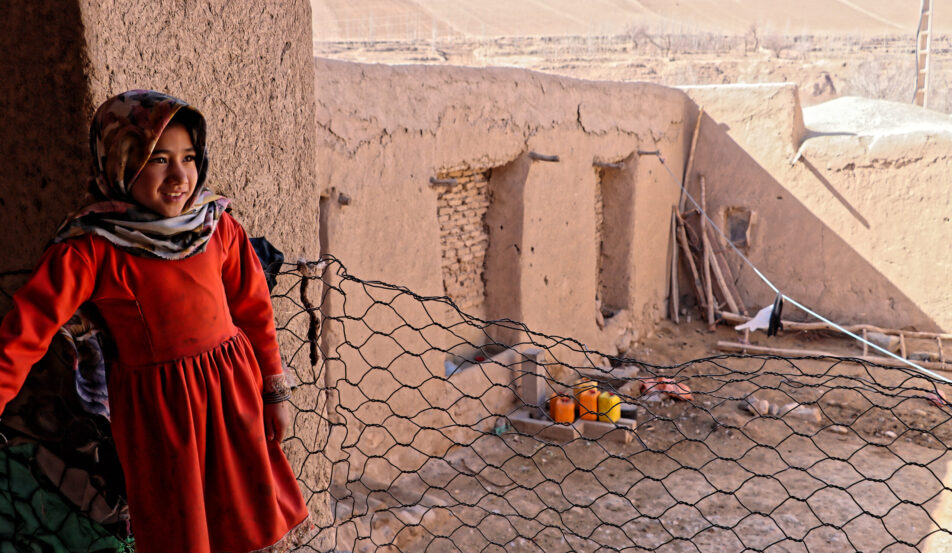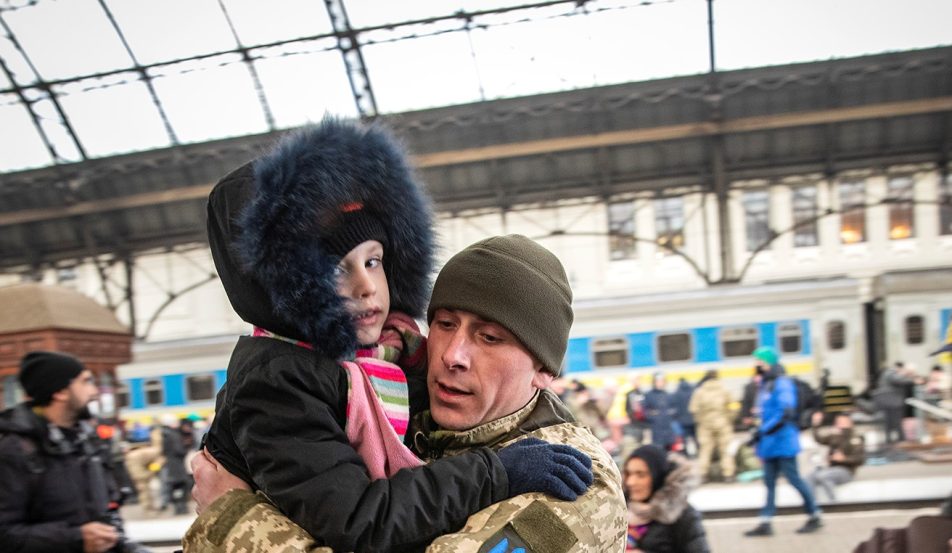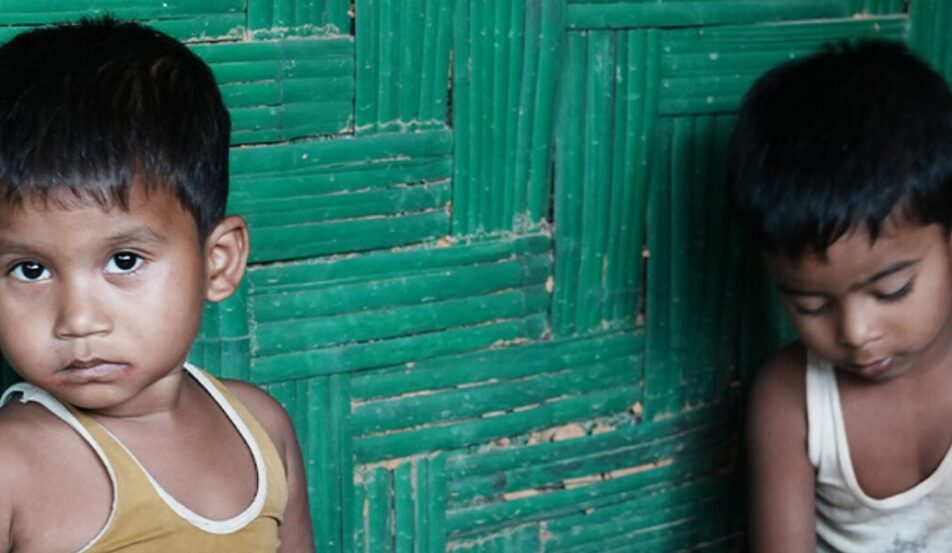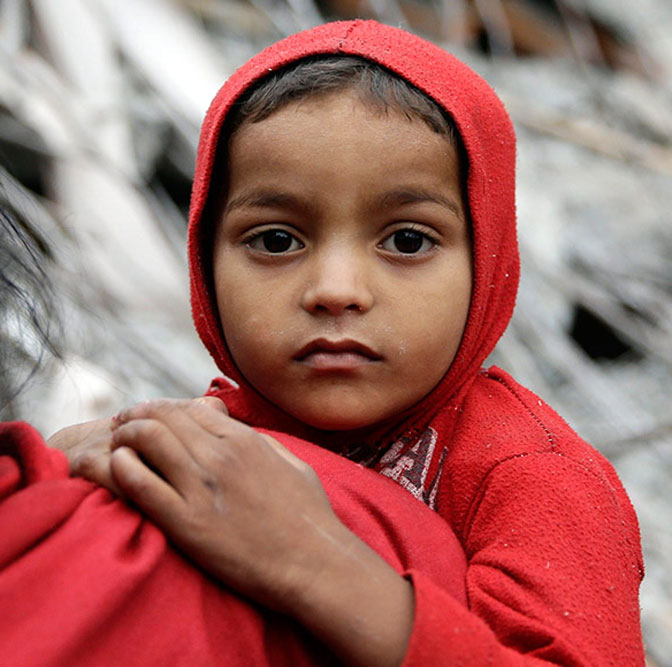In addition, measures to contain the virus, such as the closure of public recreational spaces and schools, are resulting in reduced opportunities for children to play, socialise and connect to peers, which may negatively impact the physical and emotional wellbeing of children and young people. A lack of internet access at home and the closure of schools and vocational training centres means many disadvantaged children and youth are unable to access education, which is vital to breaking the cycle of disadvantage.
Why children and families living in poverty are more heavily affected by the COVID-19 pandemic
Infectious diseases like COVID-19 can have a detrimental and long-term impact on children in the countries where ChildFund works, communities that are already vulnerable because of poverty.
The COVID-19 pandemic is not only threatening the physical health and wellbeing of children and families, but the hard-fought development advances of the past 20 years. There is a real risk that many communities will back-slide into extreme poverty.
Below we detail why children and families living in poverty need your help more than ever.
1. Children and families living in poverty are less able to absorb the shocks caused by the global response to
COVID-19.
Most of us are experiencing the ripple effects of COVID-19 long before we know someone who gets the virus. For children and their families living in poverty, those ripple effects can be devastating and last a lifetime.
Many low-income jobs involve a lot more interaction with the public and a lot less stability. Parents working in a local market selling goods, for example, are at a higher risk of being exposed to the virus. If the market closes to encourage social distancing, they lose their source of income and, without unemployment benefits, will no longer be able to provide for their children.
A worsening economic situation for families already living in poverty can lead to increases in child labour, child marriage and other child protection issues. The psychological stress on many families is enormous, with many parents losing work and facing an uncertain future. Sadly, this has been accompanied by an increase in domestic violence, with children both experiencing or witnessing abuse in their homes.
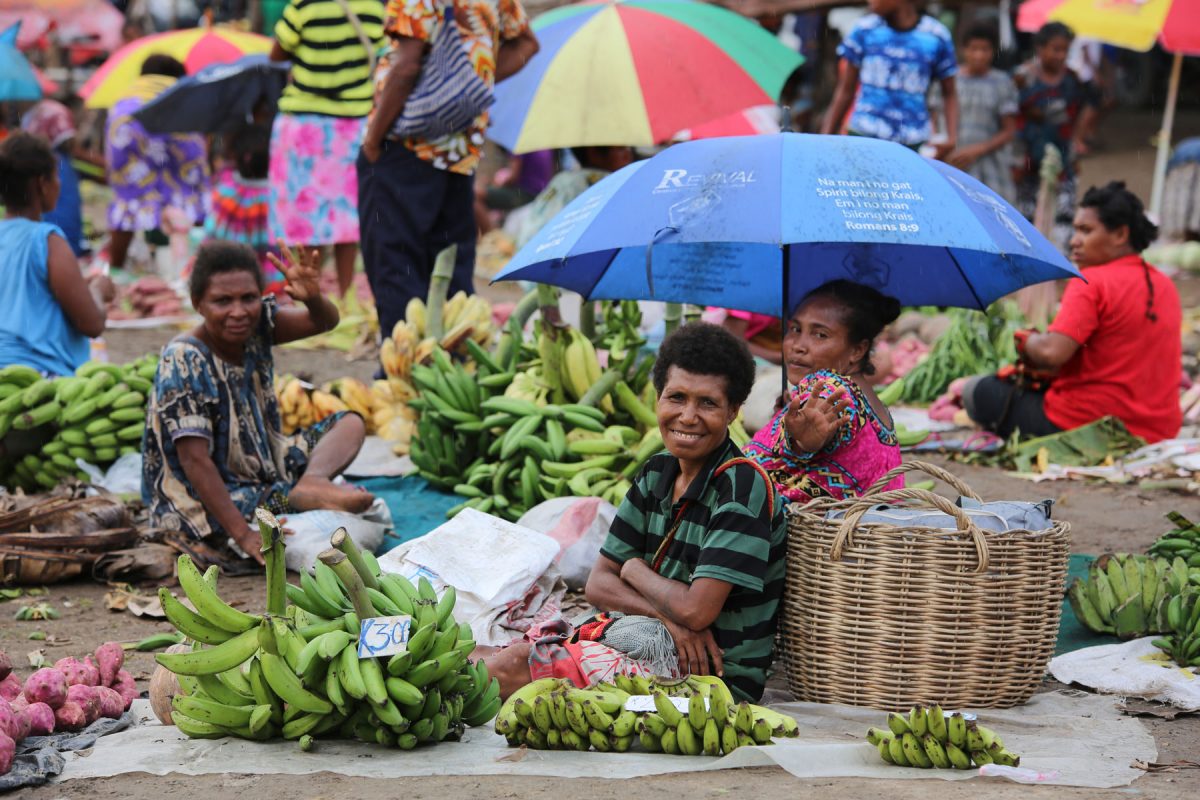
Many disadvantaged families rely on jobs that involve a lot of interaction with the public such as selling at local markets, placing them at a higher risk of being exposed to the virus. If the market closes to encourage social distancing, they may lose their source of income and no longer be able to provide for their children.
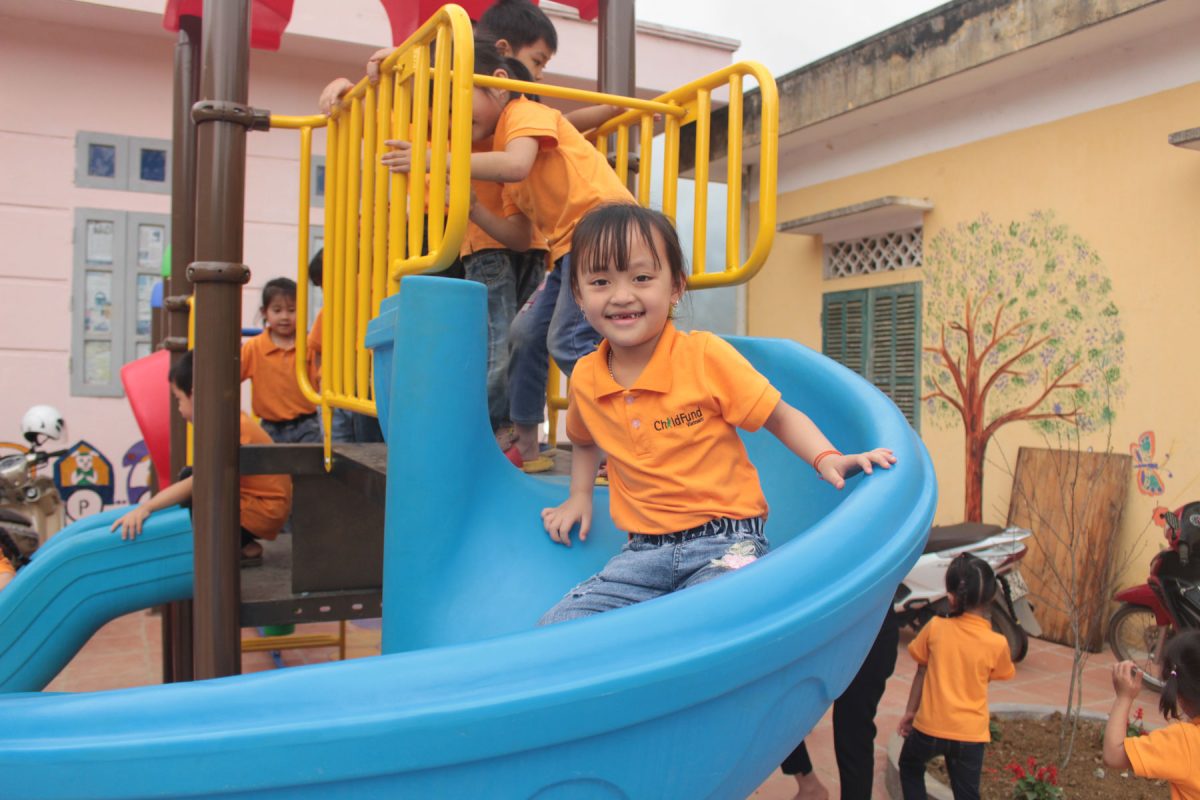
Play is critical to children’s health and wellbeing. Isolation and social distancing measures to contain the virus is stalling vulnerable children’s access to education, as well as reducing their opportunities to socialise and connect with peers.
2. Children and families living in poverty are less able to protect themselves from COVID-19.
“Wash your hands often. Clean and disinfect surfaces. Stay at least 1.5 metres away from others.”
These instructions mean nothing to children who do not have access to clean water and soap. They mean nothing to children who live in shelters, slums or refugee camps, where hundreds of people conduct their daily activities in close proximity to one another.
If the virus hits these communities, children and their families living in these conditions are less able to protect themselves and are more likely to become infected.
3. Children and families living in poverty are less able to recover if they contract COVID-19.
Children who are already malnourished have weakened immune systems and are therefore less able to fight infection.
If a child who has contracted the virus lives in a community far from health facilities or with poor healthcare infrastructure, their illness will only get worse and may become deadly. For example, in Kenya there are only 550 intensive care beds in the entire country. Even if a child and their family can overcome these obstacles and survive, the medical bills could be financially debilitating.
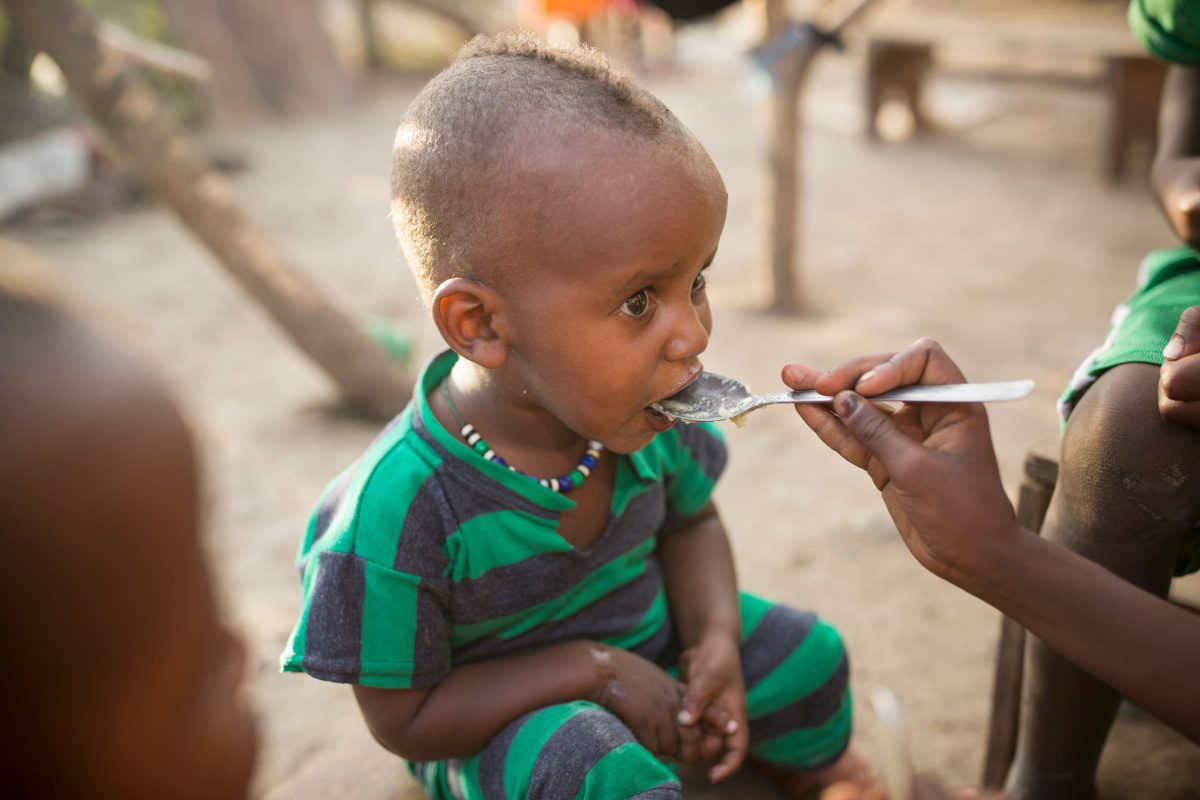
Children who are already malnourished or at a high risk of malnourishment have weakened immune systems and are less able to fight infection.
4. Children and families living in poverty are more likely to stay in poverty longer because of COVID-19.
The bottom line is that COVID-19 is highlighting inequalities across the globe – harming people who live below the poverty line far more than those above it. And the effects of this crisis will be felt far beyond the immediate damage.
Food insecurity is expected to rise, causing more children and families to face life-threatening hunger.
It is estimated that the number of people living in poverty will increase drastically – by at least 14 million – because of the slowdown of the global economy caused by this pandemic.
But it does not have to be this way.
You can help children and families in poverty survive and recover from COVID-19.
If we are learning anything as a global community, it is how deeply connected we are. .
With your support, we will help the most vulnerable families through this crisis.
And once the immediate danger of the virus has passed, your commitment to our long-term development programs will be crucial in helping affected communities get back on their feet.
These unprecedented times call for unprecedented hope and unparalleled action. We are all in this together: every child, every adult and every community.
Thank you for being part of the global ChildFund family.
Help prevent the spread and impact of COVID-19 in the world’s poorest countries. Donate now in support of our COVID-19 emergency appeal.































